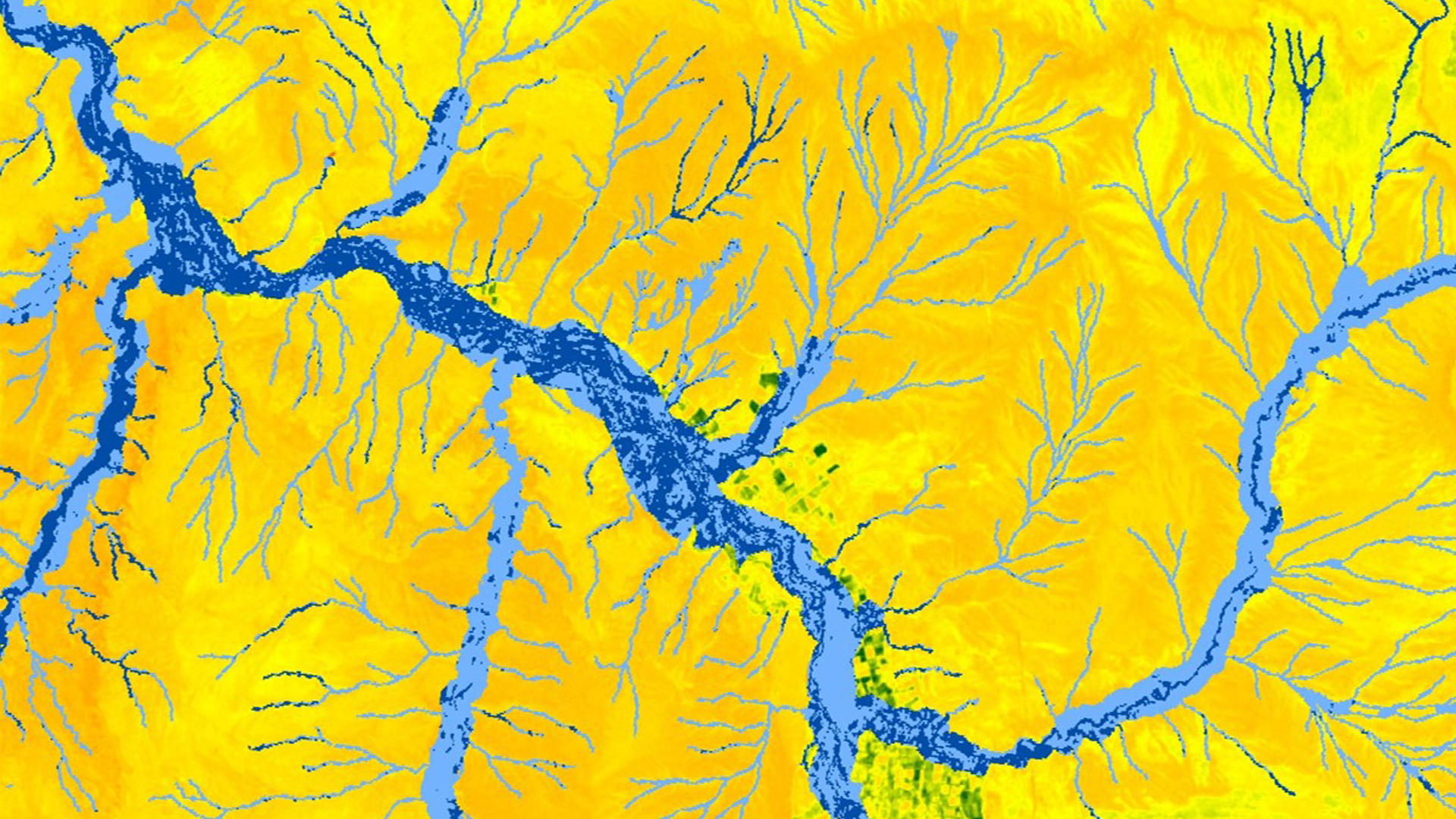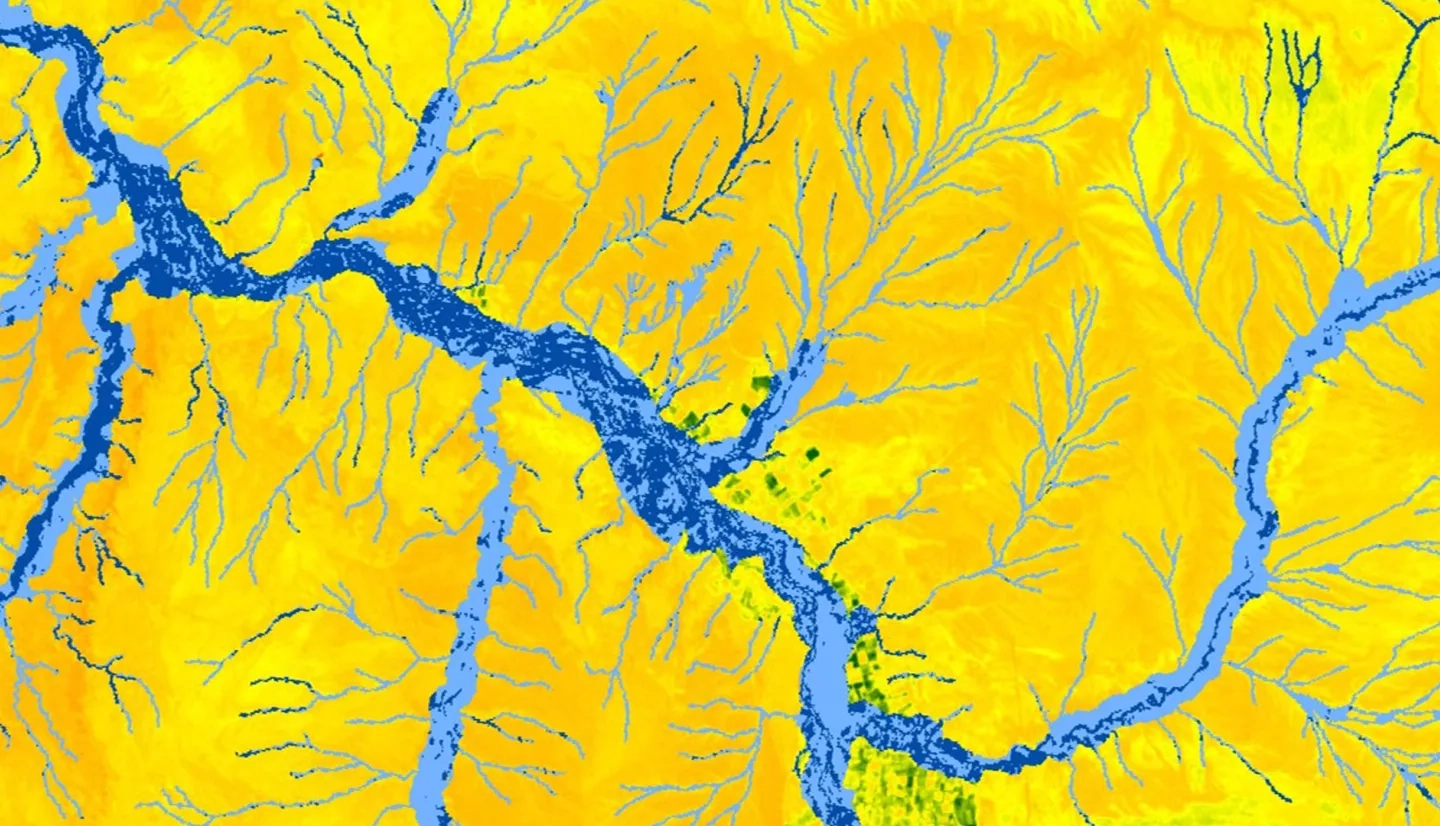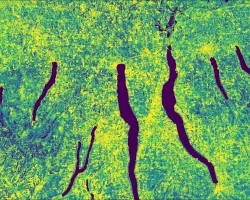
Riparian plant communities are vital to water quality, erosion control, biodiversity, and functionality of river ecosystems. The invasion of nonnative Russian olive (Elaeagnus angustifolia L.) poses a risk to these fragile ecosystems, as it outcompetes native riparian species such as cottonwoods (Populus spp.) and willows (Salix spp.) in semiarid environments throughout the western United States. Russian olive is well-established in the Colorado River Basin, which supplies water to 40 million people. Studies show that Russian olive alters riparian evapotranspiration rates, streamflow, and sediment regimes. Quantifying the effect of this species on the Colorado River Basin is vital for managing water quality and quantity. In this study, the team 1) mapped the distribution of Russian olive in the San Juan River (a tributary of the Colorado River) using Landsat 5 Thematic Mapper (TM), Landsat 8 Operational Land Imager (OLI), and Sentinel-2 MultiSpectral Instrument (MSI) imagery, 2) compared the accuracy of Landsat 5 and 8 presence maps to those of Sentinel-2, and 3) determined relative evapotranspiration (ET) rates for Russian olive. We identified predictor variables and utilized Software for Assisted Habitat Modeling (SAHM) to generate multiple classification algorithms, including Boosted Regression Trees (BRT), General Linear Model (GLM), Multivariate Adaptive Regression Splines (MARS), and Random Forest (RF). These algorithms were used to produce presence maps and evaluate modeling approaches. The Walton Family Foundation will use our products to assess previous restoration efforts of Russian olive and to prioritize future management plans and restoration efforts.



